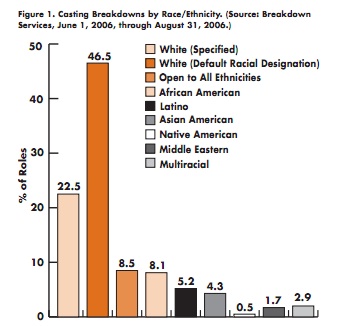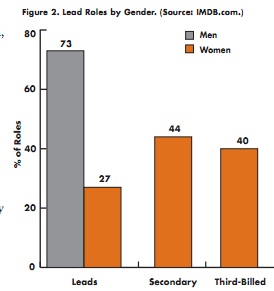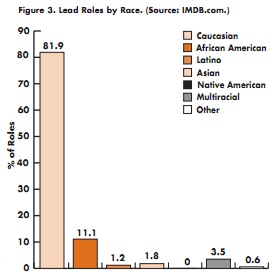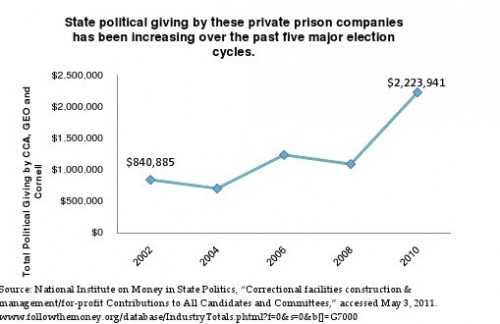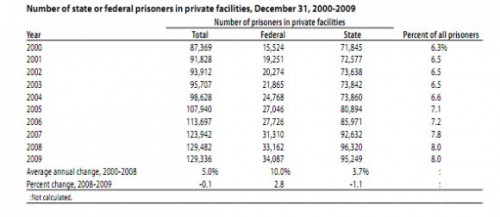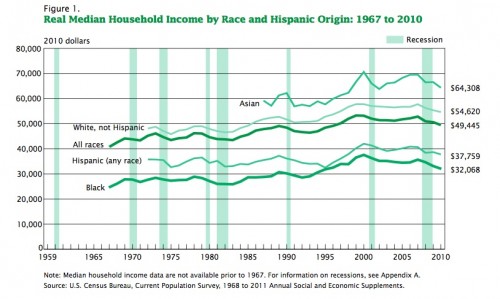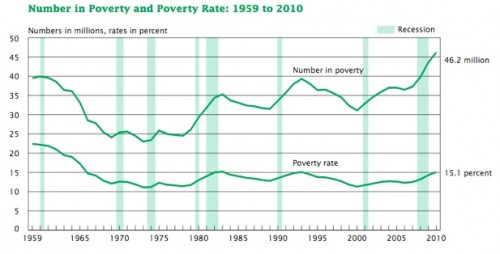A confession to PostSecret this week inspired me to add to and revise this post from 2009.
—————————
I have posted before on the way that black people are fetishized in the U.S. It is as if they are, literally, more colorful, more interesting, cooler, hipper, even spicier than white people. Whites, in contrast, can seem bland, boring, vanilla, even whitebread. From this perspective, being a “boring white” person can seem, well, boring. Both of these confessions can be read as suggesting as much (though there are surely other readings as well):
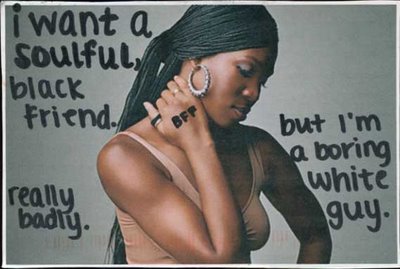
It’s important to remember that this projection of soulfulness and other positive characteristics onto black people specifically is problematic, even if it’s not derogatory (for posts on the “magic negro,” see here, here, and here). People of color often report that they feel like white folks are friends with or date them specifically because they aren’t white. This is no compliment. Most of us desire to be friends with people who see us as individuals and not stereotypes.
Lisa Wade, PhD is an Associate Professor at Tulane University. She is the author of American Hookup, a book about college sexual culture; a textbook about gender; and a forthcoming introductory text: Terrible Magnificent Sociology. You can follow her on Twitter and Instagram.


